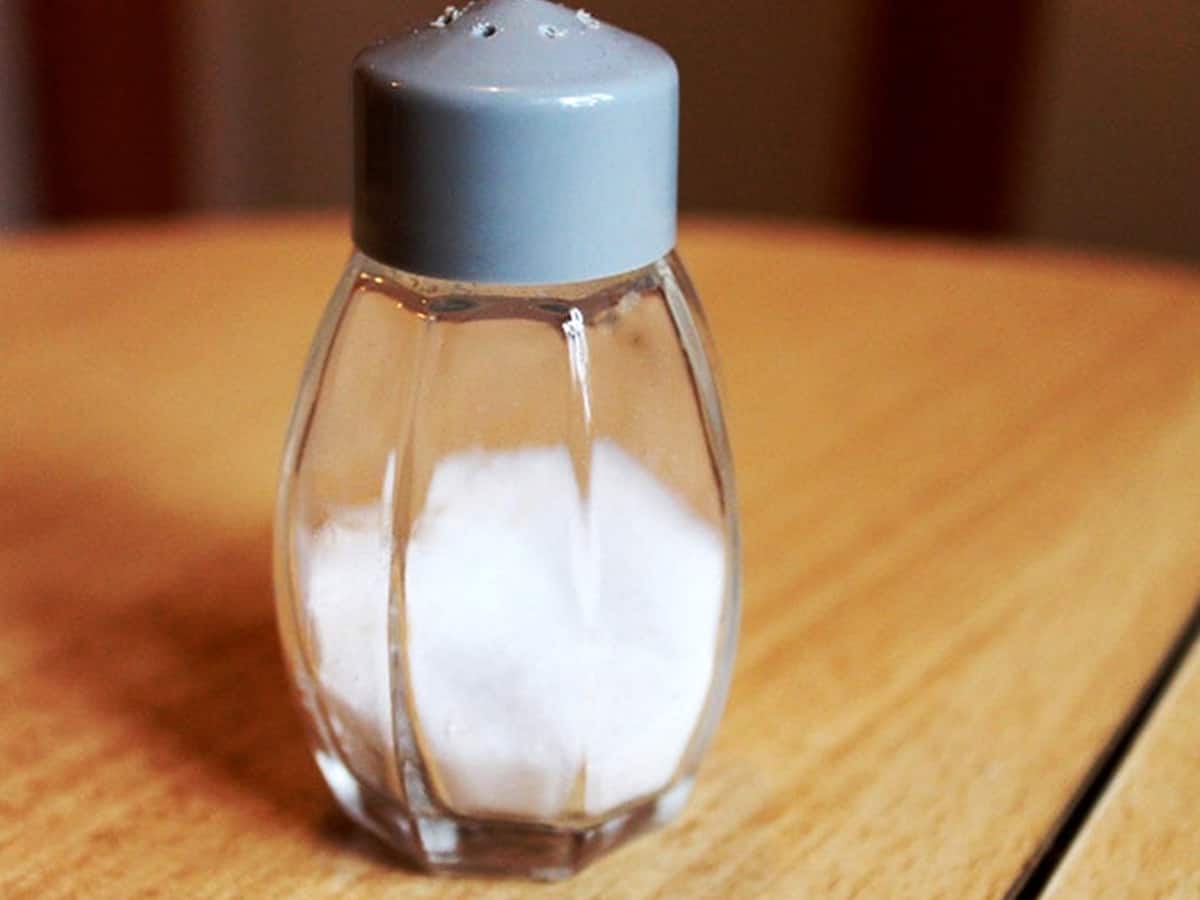
Washington: Adult Americans typically eat twice the daily amount of salt recommended by dietary guidelines. A new study has recommended methods to reduce salt in baked goods since they are a major source of sodium in the diet.
The findings of the study were published in the ‘International Journal of Food Science and Technology’.
The study from the University of Illinois explores ways to reduce sodium in bread without sacrificing taste and leavening ability.
“Bread is one of the staple foods in a lot of people’s diets, and people generally don’t stick to just one serving of bread,” said Aubrey Dunteman, a graduate student in the Department of Food Science and Human Nutrition at U of I, and lead author on the paper.
“About 70 per cent of sodium in the US food supply comes from packaged and processed foods. And the top source is actually baked goods, so reducing salt in that particular category would help to reduce sodium consumption tremendously,” added study co-author Soo-Yeun Lee, professor of food science at U of I.
We can’t completely eliminate salt from our diet, but we can reduce it to a healthier level.
“Salt is an essential nutrient, and this is why we crave it. However, we consume more than we should, just like sugar and fat. Salt is related to hypertension and other cardiovascular diseases, but it’s the amount that is the problem, not the salt itself,” Lee noted.
Salt is also an essential ingredient in bread making; it contributes to the structure and flavour of the bread and is necessary for the yeast to work properly.
Dunteman and Lee conducted an extensive review of academic literature on sodium reduction in bread. They identified four main categories: Salt reduction without any further mitigation, physical modification, sodium replacements, and flavour enhancers.
“The most basic method is just reducing the amount of salt in the product. That can be good to a point, depending on the original level of salt and equivalent in the recipe. There’s always going to be a minimum amount of salt you need just to have the bread function and the yeast do its job. So it’s a limited method, but it can help to reduce high levels of sodium intake,” Dunteman said.
Another method is physical modification, which involves the uneven distribution of salt in the product.
“Sensory adaptation occurs when you have a constant stimulus. If the salt is evenly distributed in a slice of bread, as you take more bites, it’s going to taste less salty, because you’re already adapted to the first few bites. But if you have a different distribution of salt, alternating between densely and lightly salted layers, people will perceive it as saltier. So you can obtain the same taste effect with less salt,” Lee explained.
A third method involves the replacement of sodium with other substances, such as magnesium chloride, calcium chloride, or potassium chloride.
“This is one of the most commonly used methods in industry, but it can only be used up to a certain point before you get a bit of a metallic taste from these compounds,” Dunteman pointed out.
The fourth method involves flavour modification with taste enhancers such as herbs and spices, or even monosodium glutamate (MSG). The researchers note multi-grain bread also allows for more salt reduction than white bread because it has more flavour on its own.
Dunteman and Lee concluded the best approach to sodium reduction in bread will be a combination of methods.
“One of the four categories, salt reduction, is technically involved in all of them. Another category, salt replacement, is already heavily studied. We recommend more research into physical modification methods, as well as flavour enhancement types, and how to combine each of these methods with salt reduction,” Dunteman noted.
Finally, the researchers have some advice for home bakers looking to reduce sodium in their creations.
“If you’re interested in using less salt in your home-baked bread, you could try to reduce the amount to 50 per cent, if you’re using standard recipes that are widely available,” Lee said.
“You’d be surprised that the dough would still rise, though the bread would taste a little different. You can also use flavour enhancers to provide the salty, savoury, satiating sensation you lose when you reduce the salt. But that wouldn’t help with the rise, so you cannot remove salt 100 per cent,” Lee concluded.



